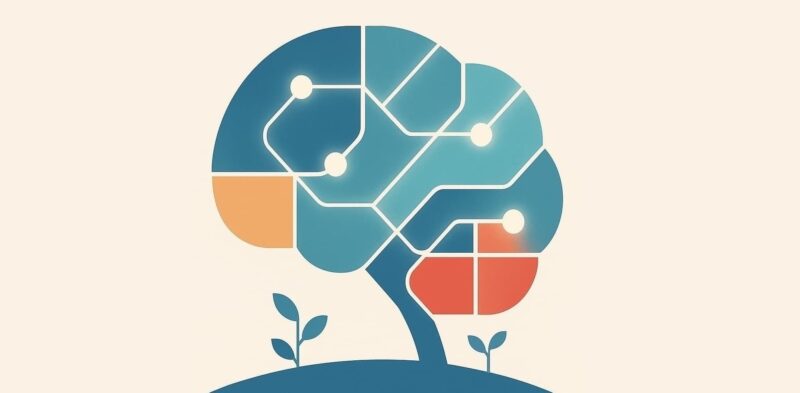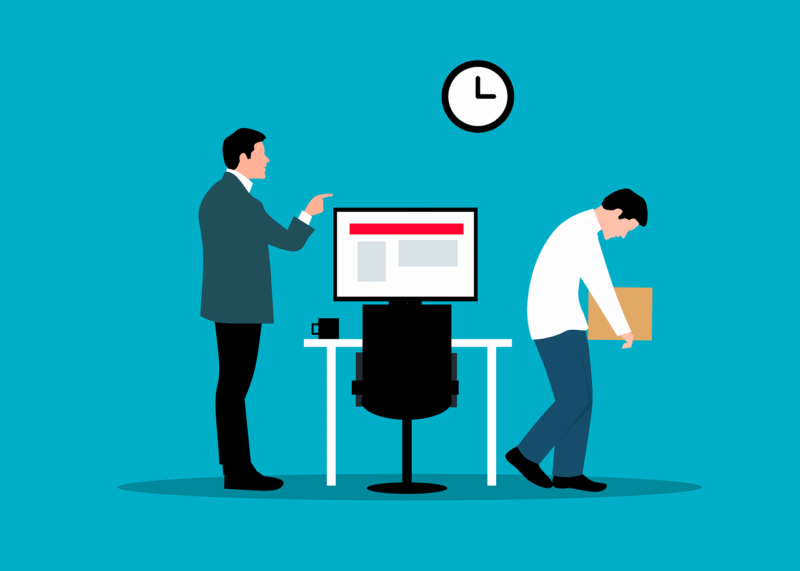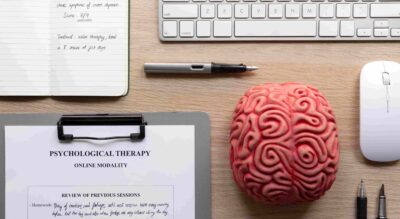Introduction
Working Memory Model unlocks the hidden mechanics of our mental workspace, revealing how we juggle thoughts, words, and sights in real time. This exploration guides you step by step through the landmark 1974 study by Alan Baddeley and Graham Hitch, unveiling practical insights and fresh perspectives. Prepare to transform your understanding—and perhaps your entire approach to learning and focus—by mastering how to put this model to work in daily life.
Table of contents
1. Background and Purpose of the Working Memory Model
To see how to apply the Working Memory Model, first grasp why Baddeley and Hitch challenged established ideas. At that time, researchers treated short-term memory as a single “store.” However, everyday tasks—such as following a conversation while glancing at a map—often require parallel processing of different information streams.
- Why they acted: They noticed that people could handle a verbal task and a spatial task simultaneously with less interference than expected.
- Core question: How can one system account for such flexible juggling?
- Solution strategy: They designed experiments where participants solved verbal puzzles (anagrams) while repeating irrelevant syllables aloud, testing capacity limits and interference patterns.
2. Core Components of the Working Memory Model
Here’s how to break down the Working Memory Model into its building blocks, so you can visualize and leverage each part:
2.1 Phonological Loop Explained
- What it does: Holds and rehearse spoken information aloud or silently.
- How to test: Ask someone to remember a list of words that sound alike while repeating “the-the-the” to block rehearsal. Notice recall drops sharply.
- Practical tip: To enhance vocabulary learning, silently repeat new words in rhythm, tapping into this loop.
2.2 Visuospatial Sketchpad Unpacked
- Function: Maintains visual and spatial data—like mentally picturing a route.
- Experimental step: Have participants track a moving dot on screen while forming mental images of simple shapes. Increased errors reveal capacity thresholds.
- Everyday hack: Sketch quick symbols next to notes to reinforce visual memory alongside verbal details.
2.3 Central Executive in Action
- Role: Supervises, divides attention, and switches between tasks.
- How Baddeley & Hitch measured it: They asked participants to alternate between two tasks (e.g., add numbers and make judgments about word meanings) under time pressure.
- Application: Train your central executive by scheduling “focus intervals” where you deliberately switch tasks every few minutes to strengthen mental flexibility.
2.4 Episodic Buffer: The Later Addition in the Working Memory Model
- Why it appeared: Some amnesic patients recalled entire stories beyond the loop’s capacity.
- How to use it: Picture a movie scene while repeating key phrases; you bind verbal and visual elements into a cohesive “episode.”
- Tip for complex learning: Create micro-stories around facts to tap this buffer for deeper retention.
3. How to Assess the Working Memory Model Experimentally
Understanding how to evaluate the Working Memory Model helps you design mini-experiments for self-improvement:
- Dual-task paradigm: Combine a memory list with an unrelated task (e.g., tapping a pattern).
- Interference tests: Introduce distractors—background noise or random shapes—to see which component suffers most.
- Capacity curves: Chart recall accuracy against list length; a drop beyond 7±2 items indicates phonological limits.
4. Key Findings and Real-World Applications
This section shows how to turn experimental insights into real gains:
4.1 Enhancing Study Techniques
- Chunking & rehearsal: Group items into bite-sized chunks when revising.
- Dual coding: Pair verbal notes with simple sketches, blending loop and sketchpad functions.
4.2 Optimizing Workflows
- Task batching: Focus on one sensory mode at a time—write reports (verbal) separate from data visualization (visual).
- Timed breaks: Rest central executive fatigue by switching subjects every 25 minutes (“Pomodoro” technique).
4.3 support needs
- Language acquisition: Leverage the phonological loop by shadowing exercises (repeat after audio).
- Rehabilitation: Design split-attention drills for patients recovering from brain injuries, gradually increasing dual-task demand.
5. Common Misconceptions Debunked
5.1 “It’s Just Short-Term Memory”
- Reality: It actively manipulates information, not just stores it.
5.2 “All Components Are Equal”
- Fact: The central executive has a more complex, less quantifiable role than the loop or sketchpad.
5.3 “Episodic Buffer Is Optional”
- Clarification: It bridges working memory and long-term memory, crucial for narrative recall and planning.
Conclusion
By following this guide on how to apply the Working Memory Model, you gain a concrete blueprint for boosting memory, refining study habits, and crafting cognitive exercises. Embrace these evidence-backed strategies to transform fleeting thoughts into lasting knowledge—and witness your mental clarity soar.
references
Warning: The provided links lead only to the specified content. Other areas of those sites may contain material that conflicts with some beliefs or ethics. Please view only the intended page.
- Baddeley & Hitch (1974): Original study PDF – https://app.nova.edu/toolbox/instructionalproducts/edd8124/fall11/1974-Baddeley-and-Hitch.pdf
- Working Memory Model – Simply Psychology: Overview and applications – https://www.simplypsychology.org/working-memory.html
- Baddeley’s model of working memory – Wikipedia: Model details and updates – https://en.wikipedia.org/wiki/Baddeley%27s_model_of_working_memory
- Image designed by freepik














